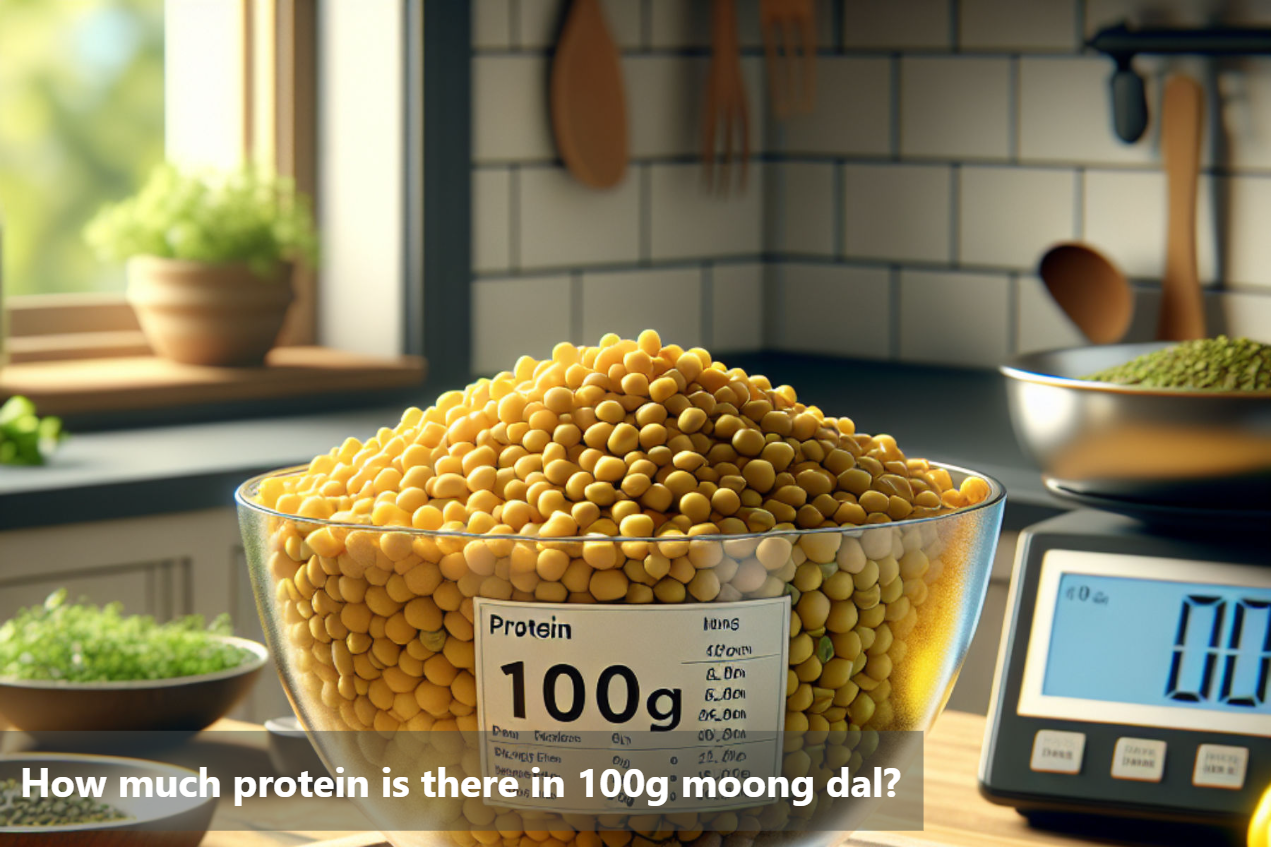
How much protein is there in 100g moong dal?
Moong dal, also known as split green gram, is a versatile legume that holds immense significance as a valuable source of protein. With its rich protein content, moong dal has become a popular choice for individuals looking to meet their daily protein requirements in a healthy and delicious manner.
This humble legume is not only a protein powerhouse but also packs a nutritional punch with other essential nutrients. Apart from proteins, moong dal is a good source of fiber, iron, and vitamins, making it a well-rounded addition to a balanced diet.
Furthermore, the versatility and ease of digestibility of moong dal make it a popular choice across different age groups and dietary preferences. Whether you are a vegetarian, vegan, or simply looking to add more plant-based proteins to your meals, moong dal stands out as a wholesome and nourishing option that can benefit your overall health and well-being.

Nutritional Profile of Moong Dal
Nutrients |
Green Moong Dal (Split with Skin) |
Yellow Moong Dal |
|---|---|---|
Calories |
347 |
348 |
Fat |
0.61 |
1.2 |
Protein |
25.73 |
24.5 |
Fiber |
18.06 |
8.2 |
Carbs |
59.74 |
59.9 |
Importance of Moong Dal in Diet
Rich in Protein: Moong dal is a good source of plant-based protein, essential for muscle repair and growth.
High in Fiber: It contains dietary fiber, aiding digestion, promoting satiety, and helping regulate blood sugar levels.
Nutrient-Dense: Moong dal is packed with essential vitamins and minerals like folate, iron, magnesium, and potassium, supporting overall health.
Heart Health: Its fiber and potassium content may help lower cholesterol levels and maintain healthy blood pressure, reducing the risk of heart disease.
Weight Management: The protein and fiber content in moong dal can help control appetite, aiding in weight management and reducing overeating.
Blood Sugar Regulation: Moong dal has a low glycemic index, preventing rapid spikes in blood sugar levels, making it suitable for those with diabetes.
Digestive Health: Its fiber content promotes regular bowel movements and prevents constipation, maintaining a healthy digestive system.
Energy Boost: Moong dal provides a steady release of energy due to its carbohydrate content, keeping you feeling energized throughout the day.
Versatile Ingredient: It can be used in various dishes such as soups, curries, salads, and desserts, making it easy to incorporate into your diet.
Affordable and Accessible: Moong dal is widely available, affordable, and easy to prepare, making it a convenient option for meals and snacks.
Moong Dal Creations: Exploring Delicious Varieties
Recipe |
Ingredients |
Instructions |
|---|---|---|
Moong Dal Tadka |
|
|
Moong Dal Khichdi |
|
|
Moong Dal Soup |
|
|
Moong Dal Pancakes (Cheela) |
|
|
Moong Dal Halwa |
|
|

Analyzing Protein in Moong Dal Portions
Moong dal stands out as a rich source of protein, offering a substantial amount per 100g serving. This protein-packed legume not only contributes to meeting our daily protein requirements but also brings a host of other essential nutrients to the table.
Furthermore, incorporating moong dal into your meals can be a wise nutritional decision, especially for those looking to add more plant-based protein to their diet. Its nutrient-rich profile and protein content make it a wholesome option for promoting overall health and well-being.
Moong dal's impressive protein content per 100g serving, coupled with its nutritious qualities, solidifies its position as a beneficial and nourishing component of a balanced diet. Consider adding this powerhouse legume to your culinary repertoire for a protein-packed and wholesome dining experience.
This Blog post is an initiative by Lo! Foods, to provide accurate and Nutritionist / Doctor approved information related to Health. Lo! Foods is India's leading brand for Everyday Functional Foods. Foods designed for specific Health conditions or Needs. Lo! Foods also runs India's largest range of Low Carb Healthy Cloud Kitchens, under the brand names of Lo!, ProteinChef, ATH (All Things Healthy) and DiabeSmart.



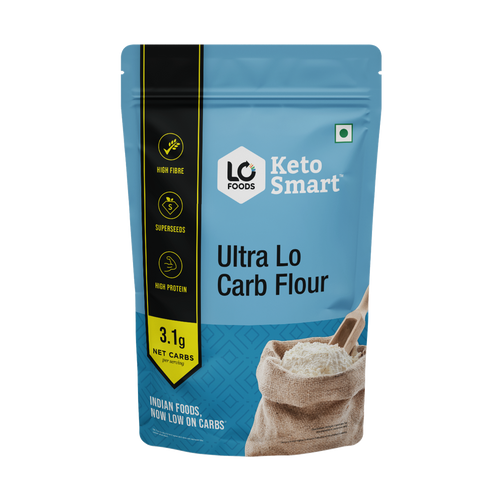
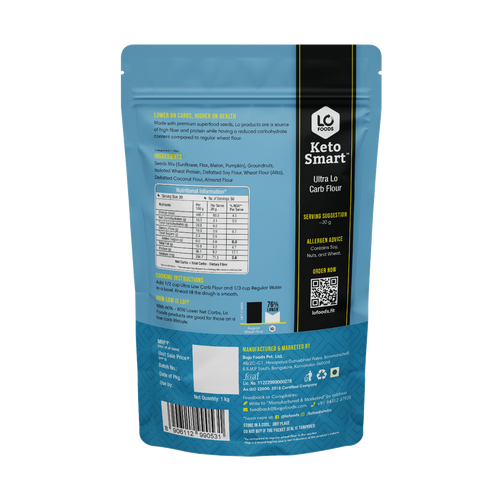
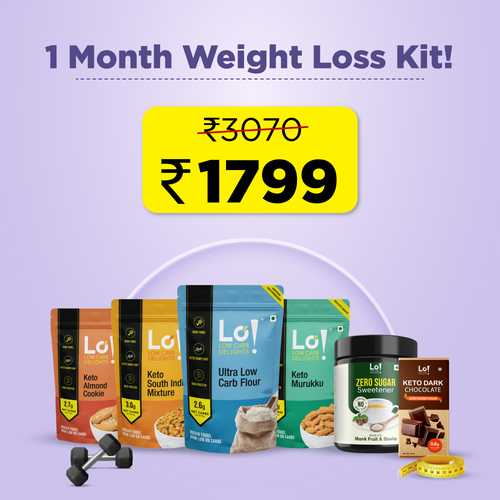
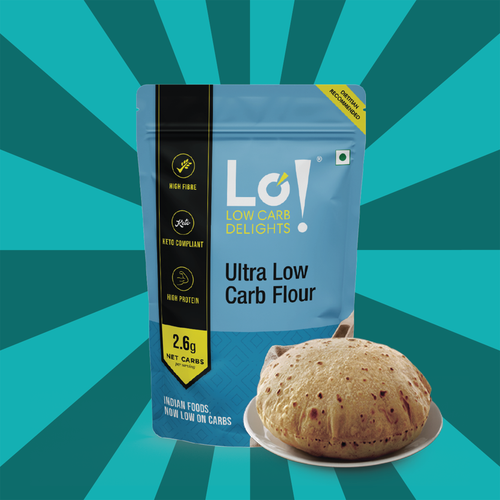


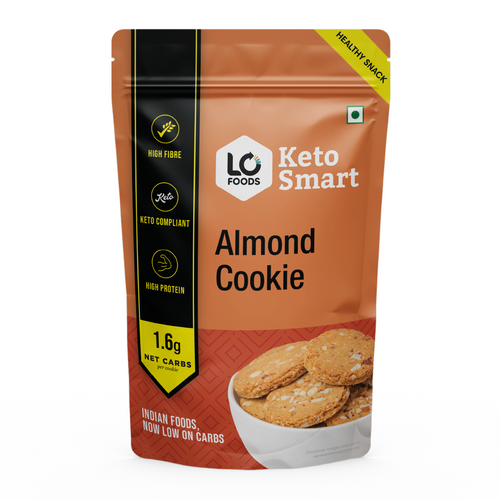

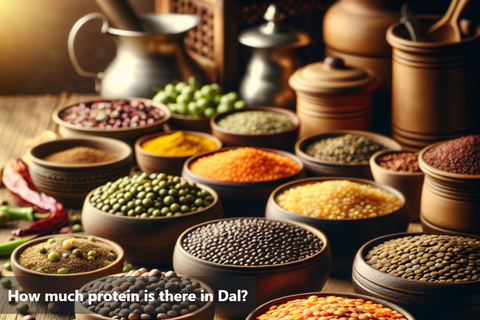


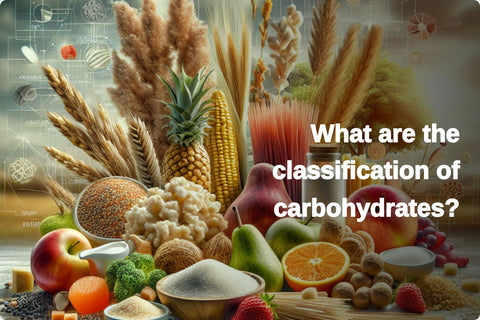
Leave a comment
Your email address will not be published.